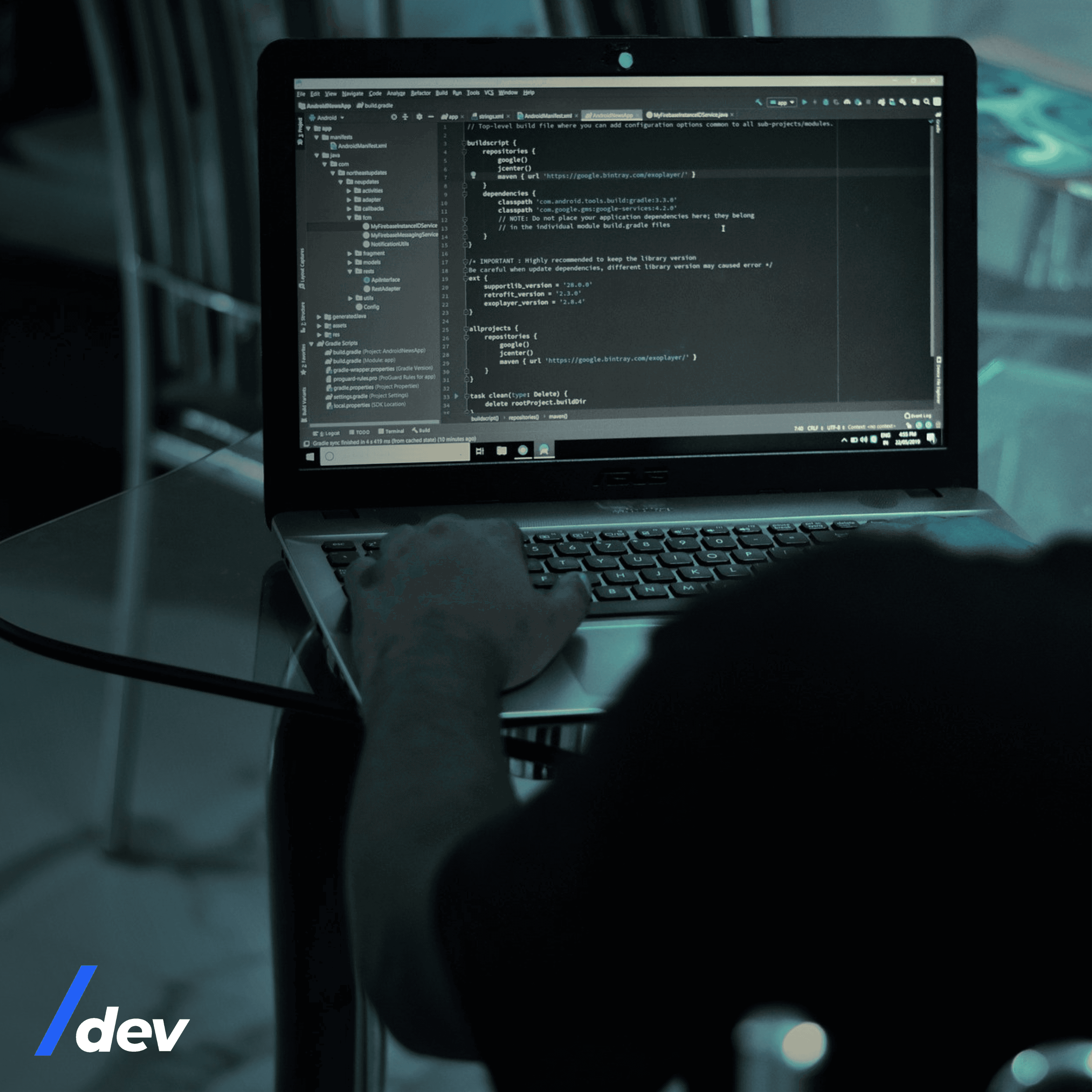Software Services
For Companies
For Developers
Products
Portfolio
Build With Us
Build With Us
Get Senior Engineers Straight To Your Inbox

Every month we send out our top new engineers in our network who are looking for work, be the first to get informed when top engineers become available

At Slashdev, we connect top-tier software engineers with innovative companies. Our network includes the most talented developers worldwide, carefully vetted to ensure exceptional quality and reliability.
Build With Us
Unleashing the Power of Web Applications with Laravel: A Comprehensive Overview/


In the dynamic world of web development, Laravel has emerged as a force to be reckoned with. As a powerful PHP framework, Laravel offers developers a robust and elegant way to build web applications with ease. In this article, we embark on a comprehensive journey through the world of Laravel, exploring its features, benefits, and the development intricacies that have made it a favorite among developers worldwide.
Introduction to Laravel
Laravel is an open-source PHP web framework that was first released in 2011. Since its inception, Laravel has gained a reputation for its developer-friendly syntax, rich feature set, and emphasis on code simplicity. The framework follows the Model-View-Controller (MVC) architectural pattern, which separates an application into three components: the model, the view, and the controller. This separation of concerns makes Laravel ideal for building scalable and maintainable web applications.
Elegant Syntax and Developer-Friendly Features

One of the standout features of Laravel is its elegant syntax and developer-friendly features. From expressive routing to intuitive database query builders, Laravel’s syntax is designed to enhance developer productivity and readability. Additionally, Laravel provides a wide array of built-in features, including authentication, caching, and session management, reducing the need for developers to reinvent the wheel and allowing them to focus on creating innovative features.
Blade Templating Engine
Laravel’s Blade templating engine offers a powerful way to create dynamic, reusable, and structured views. With Blade, developers can create templates that include conditional statements, loops, and even extendable layouts. This enables the creation of consistent and visually appealing user interfaces, while also promoting code reusability and maintainability.

Eloquent ORM: Simplifying Database Interactions
Laravel’s Eloquent ORM (Object-Relational Mapping) simplifies database interactions by providing a fluent and expressive syntax for working with databases. With Eloquent, developers can define models that correspond to database tables, allowing them to perform database operations using intuitive and chainable methods. This eliminates the need to write complex SQL queries and reduces the risk of SQL injection vulnerabilities.
Routing and Middleware
Laravel’s routing system is both powerful and flexible, allowing developers to define routes and their corresponding actions with ease. Middleware, a series of filters that are applied to HTTP requests, enables developers to perform tasks such as authentication, logging, and data validation before a request reaches the controller. This ensures that the application’s security and functionality are maintained at every stage of the request lifecycle.
Robust Authentication and Authorization
Security is a paramount concern in web development, and Laravel addresses this through its built-in authentication and authorization system. Laravel’s authentication scaffolding provides pre-built views and controllers for user registration, login, and password reset. Additionally, Laravel’s authorization features allow developers to define fine-grained access controls based on user roles and permissions, ensuring that only authorized users can access certain parts of the application.
Artisan CLI: A Developer’s Swiss Army Knife
Laravel includes a powerful command-line tool called Artisan, which provides a wide range of commands for various development tasks. From generating boilerplate code to managing database migrations and running tests, Artisan streamlines the development process and enhances developer productivity. Custom commands can also be created to automate repetitive tasks specific to the application.
Community and Ecosystem
Laravel boasts a vibrant and active community of developers, which has contributed to a rich ecosystem of packages and libraries. The Laravel ecosystem includes tools for tasks such as API development, content management systems, and e-commerce platforms. This ecosystem accelerates development by providing developers with ready-made solutions that can be integrated seamlessly into their projects.
Continuous Evolution and Innovation
Laravel’s development team is committed to continuous improvement and innovation. With each new release, the framework introduces new features, performance enhancements, and security updates. This commitment to evolution ensures that Laravel remains at the forefront of modern web development practices, providing developers with the tools they need to stay competitive in a rapidly changing landscape.
Conclusion
In the realm of web development, Laravel stands as a testament to the power of elegant syntax, developer-friendly features, and a thriving community. Its ability to simplify complex tasks, enhance security, and promote code maintainability has positioned it as a preferred choice for developers worldwide. Whether you’re building a small business website or a complex web application, Laravel empowers developers to create exceptional digital experiences that resonate with users.
Learn more about Laravel at slashdev.io
As you delve into the world of web development, consider harnessing the capabilities of Laravel to elevate your projects and streamline your development process. By embracing Laravel’s features, syntax, and ecosystem, you can unlock the potential to create web applications that stand out in an increasingly competitive digital landscape.

